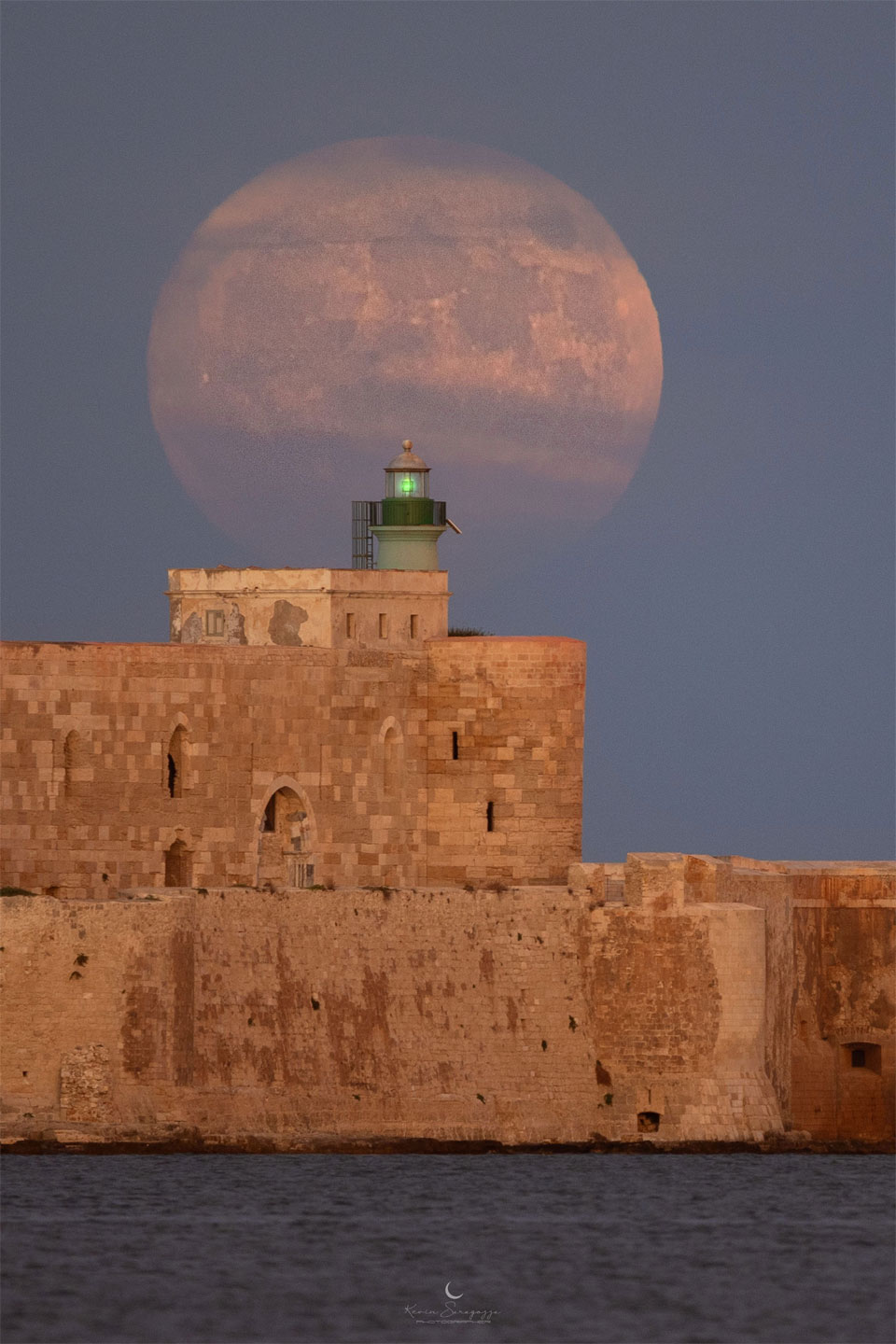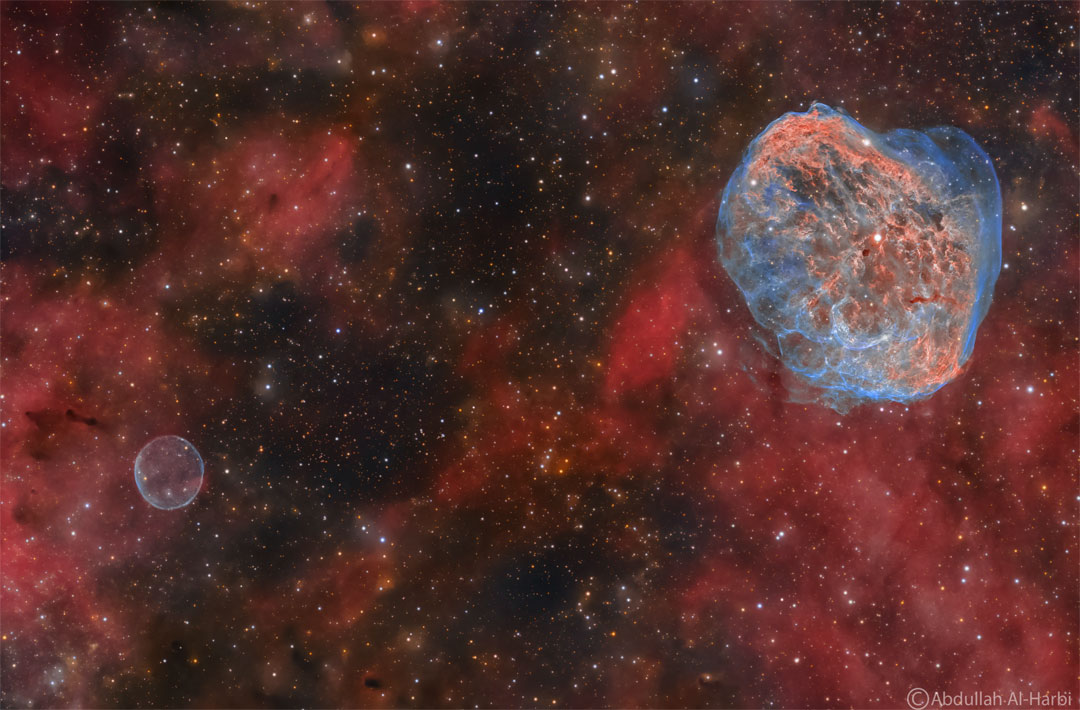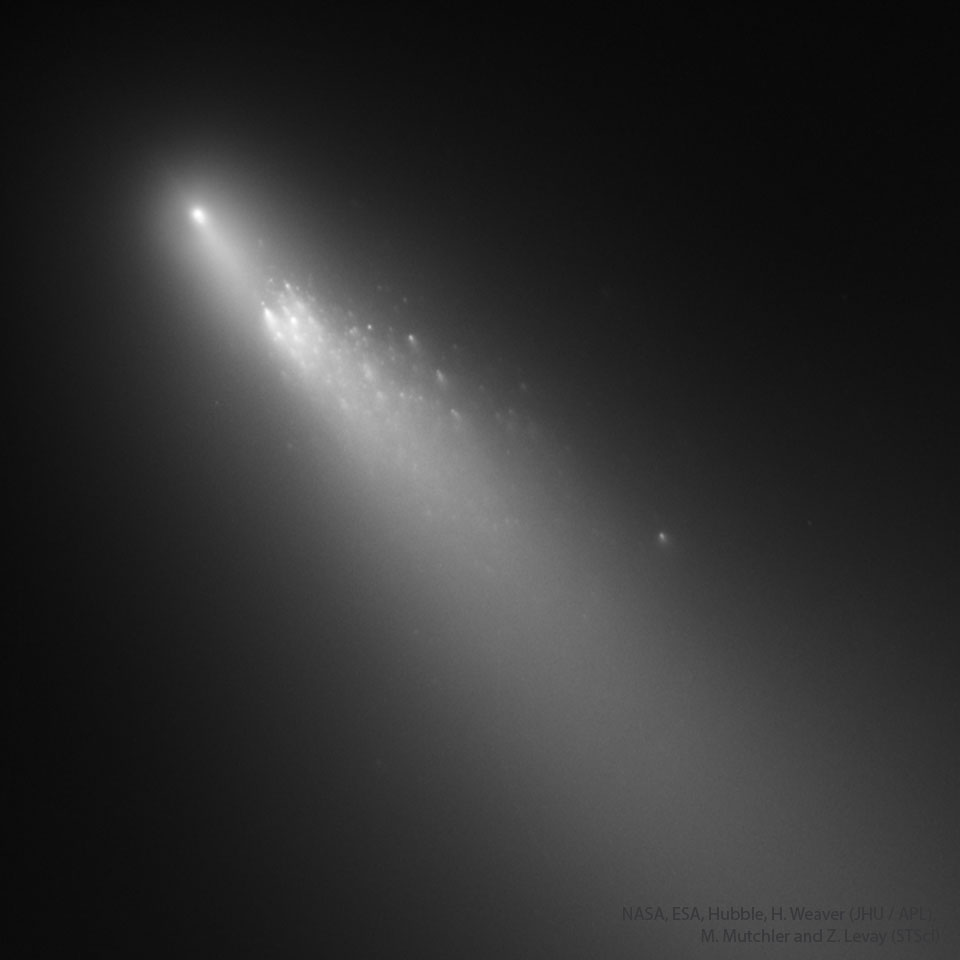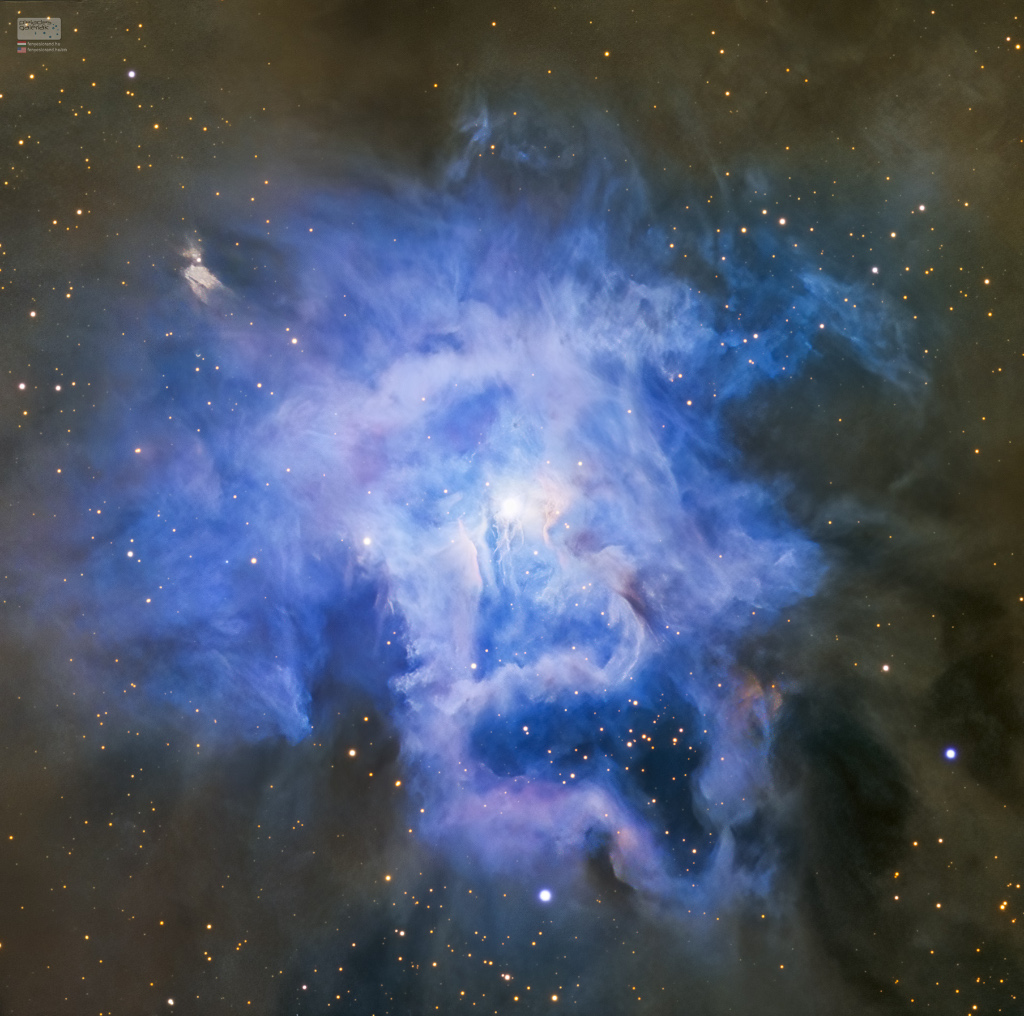Nombre total de pages vues
08/09/2023
AERONAUTIQUE - LES INVENTIONS QUI N'ONT JAMAIS VOLE - La machine volante du professeur Wellner

FuturaSciences
ANIMAUX - Le Pétrel de Hall
07/09/2023
ASTRONOMY - HESS Telescopes Explore the High-Energy Sky
2023 September 6
Credit & Copyright: Video Credit & Copyright: Jeff Dai (TWAN), H.E.S.S. Collaboration;
Music: Ibaotu catalog number 1044988 (Used with permission)
Explanation: They may look like modern mechanical dinosaurs, but they are enormous swiveling eyes that watch the sky. The High Energy Stereoscopic System (H.E.S.S.) Observatory is composed of four 12-meter reflecting-mirror telescopes surrounding a larger telescope housing a 28-meter mirror. They are designed to detect strange flickers of blue light -- Cherenkov radiation --emitted when charged particles move slightly faster than the speed of light in air. This light is emitted when a gamma ray from a distant source strikes a molecule in Earth's atmosphere and starts a charged-particle shower. H.E.S.S. is sensitive to some of the highest energy photons (TeV) crossing the universe. Operating since 2003 in Namibia, H.E.S.S. has searched for dark matter and has discovered over 50 sources emitting high energy radiation including supernova remnants and the centers of galaxies that contain supermassive black holes. Pictured in June, H.E.S.S. telescopes swivel and stare in time-lapse sequences shot in front of our Milky Way Galaxy and the Magellanic Clouds -- as the occasional Earth-orbiting satellite zips by.
05/09/2023
ASTRONOMY - Blue Supermoon Beyond Syracuse
2023 September 5
Credit & Copyright: Kevin Saragozza
Explanation: The last full moon was doubly unusual. First of all, it was a blue moon. A modern definition of a blue moon is a second full moon to occur during one calendar month. Since there are 13 full moons in 2023, one month has to have two -- and that month was August. The first full moon was on August 1 and named a Sturgeon Moon. The second reason that the last full moon was unusual was because it was a supermoon. A modern definition of supermoon is a moon that reaches its full phase when it is relatively close to Earth -- and so appears a bit larger and brighter than average. Pictured, the blue supermoon of 2023 was imaged hovering far behind a historic castle and lighthouse in Syracuse, Sicily, Italy.
VEGETAUX - Forêt magique
04/09/2023
AERONAUTIQUE - LES INVENTIONS QUI N'ONT JAMAIS VOLE - L’hélicoptère imaginaire de Gabriel de la Landelle
ASTRONOMY - Cygnus: Bubble and Crescent
2023 September 4
Credit & Copyright: Abdullah Al-Harbi
Explanation: As stars die, they create clouds. Two stellar death clouds of gas and dust can be found toward the high-flying constellation of the Swan (Cygnus) as they drift through rich star fields in the plane of our Milky Way Galaxy. Caught here within the telescopic field of view are the Soap Bubble (lower left) and the Crescent Nebula (upper right). Both were formed at the final phase in the life of a star. Also known as NGC 6888, the Crescent Nebula was shaped as its bright, central massive Wolf-Rayet star, WR 136, shed its outer envelope in a strong stellar wind. Burning through fuel at a prodigious rate, WR 136 is near the end of a short life that should finish in a spectacular supernova explosion. Discovered in 2013, the Soap Bubble Nebula is likely a planetary nebula, the final shroud of a lower mass, long-lived, Sun-like star destined to become a slowly cooling white dwarf. Both stellar nebulas are about 5,000 light-years distant, with the larger Crescent Nebula spanning about 25 light-years across. Within a few million years, both will likely have dispersed.
03/09/2023
ASTRONOMY - Comet Schwassmann-Wachmann 3 Fragments
2023 September 3
Credit: NASA, ESA, H. Weaver (JHU / APL), M. Mutchler and Z. Levay (STScI)
Explanation: Periodic comet 73P/Schwassmann-Wachmann 3 has broken up at least twice. A cosmic souffle of ice and dust left over from the early solar system, this comet was first seen to split into several large pieces during the close-in part of its orbit in 1995. However, in the 2006 passage, it disintegrated into dozens of fragments that stretched several degrees across the sky. Since comets are relatively fragile, stresses from heat, gravity and outgassing, for example, could be responsible for their tendency to break up in such a spectacular fashion when they near the hot Sun. The Hubble Space Telescope recorded, in 2006, the featured sharp view of prolific Fragment B, itself trailing a multitude of smaller pieces, each with its own cometary coma and tail. The picture spans over 3,000 kilometers at the comet's distance of 32 million kilometers from planet Earth.
02/09/2023
ASTRONOMY - NGC 7023: The Iris Nebula
2023 September 2
Image Credit & Copyright: Lorand Fenyes
Explanation: These cosmic clouds have blossomed 1,300 light-years away in the fertile starfields of the constellation Cepheus. Called the Iris Nebula, NGC 7023 is not the only nebula to evoke the imagery of flowers. Still, this deep telescopic image shows off the Iris Nebula's range of colors and symmetries embedded in surrounding fields of interstellar dust. Within the Iris itself, dusty nebular material surrounds a hot, young star. The dominant color of the brighter reflection nebula is blue, characteristic of dust grains reflecting starlight. Central filaments of the reflection nebula glow with a faint reddish photoluminescence as some dust grains effectively convert the star's invisible ultraviolet radiation to visible red light. Infrared observations indicate that this nebula contains complex carbon molecules known as PAHs. The dusty blue petals of the Iris Nebula span about six light-years.
ASTRONOMY - Apollo 17 at Shorty Crater
2025 December 6 Apollo 17 at Shorty Crater Apollo 17 Crew, NASA Explanation: Fifty three years ago , in December of 1972, Apollo 17 astr...

-
2022 September 26 All the Water on Planet Earth Illustration Credit: Jack Cook, Adam Nieman, Woods Hole Oceanographic Institution ; Data ...
-
2025 May 11 The Surface of Venus from Venera 14 Image Credit: Soviet Planetary Exploration Program , Venera 14 ; Processing & Copyri...






